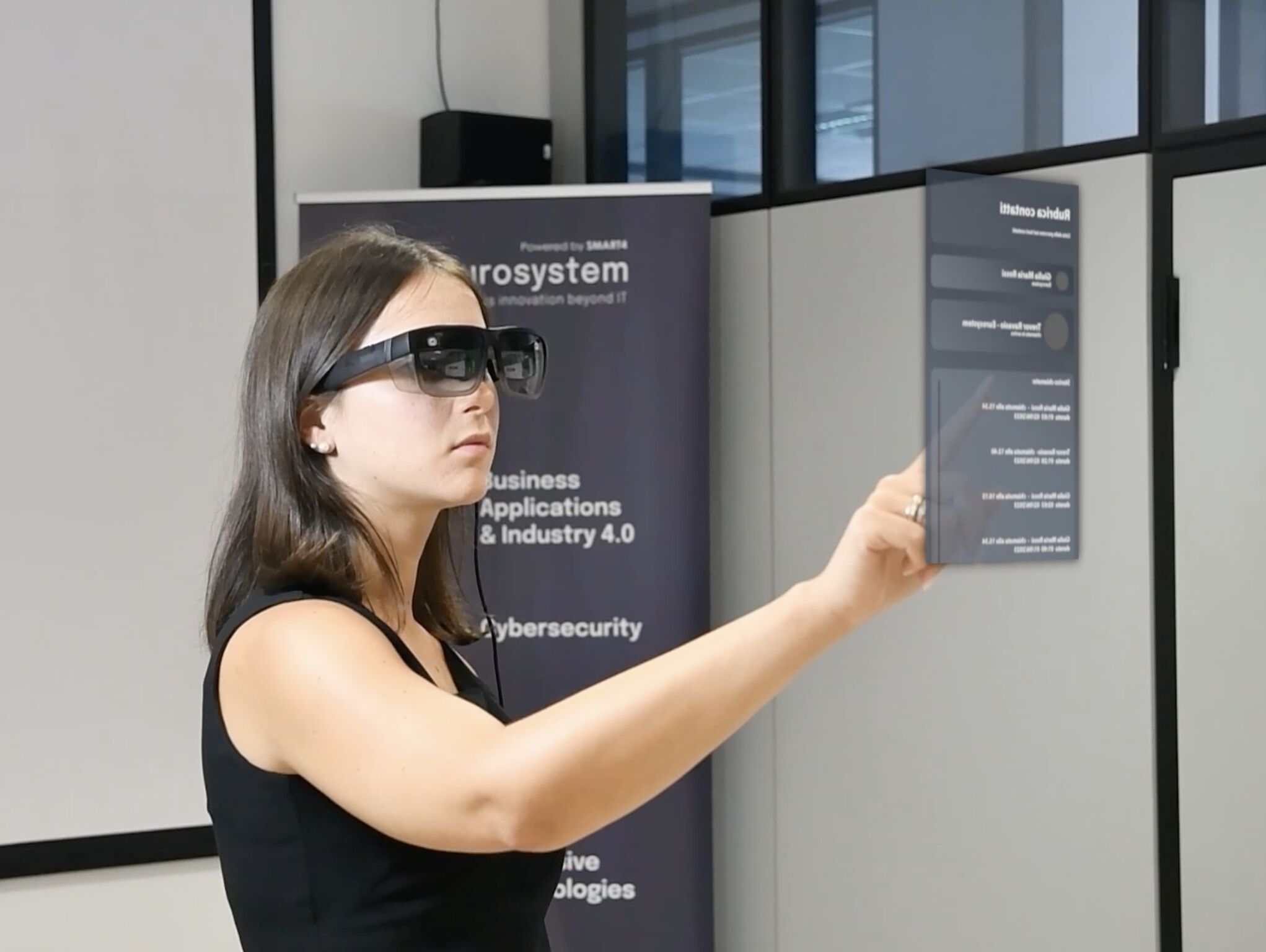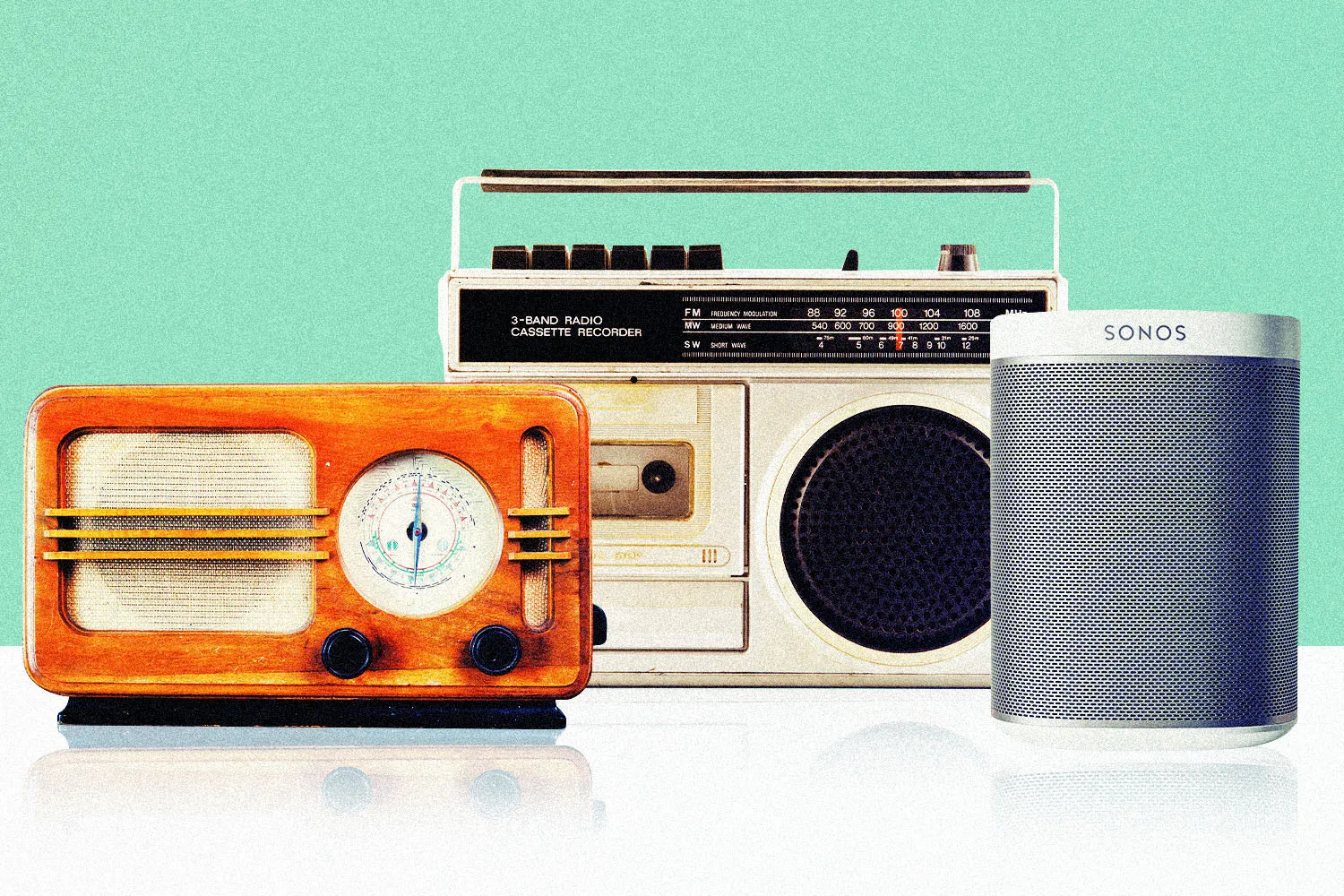Daniele Biacchessi has extensive radio experience, having worked for Radio Lombardia, then Radio Regione, Radio Popolare, Radio Rai regional Lombardy and national (Blue note and Folkconcerto), Trm2, Italia Radio, Rete A, Antennatre, Telenova, Radio 24, Giornale Radio. He has written for numerous publications including l'Unità, Europeo and Mucchio Selvaggio.
Giornale Radio is a national radio station, dedicated to news and in-depth analysis of national and international events.
Since its birth, it had immediate succes and it’s currently recording more than 300.000 daily listeners reported by TER (local equivalent of UK's RAJAR), already in its second year of existence.
It presently broadcasts live for 14 hours/day (6-20), and the newsroom is composed of 14 valiant journalists.
Giornale Radio is distributed over IP, DAB+ and FM in key markets such as Milano and Rome.
All opinions are equally dignified, just as the selection of guests is made essentially on the basis of news, not trends or the mainstream. It is a radio that does not spare anyone. I'll give some examples. If the government announces a budget law, let's say, lacking adequate financial cover, which risks becoming a mere election campaign announcement, we highlight this to our listeners, we do not hide the problem. We do the math. And this applies to any government in office.
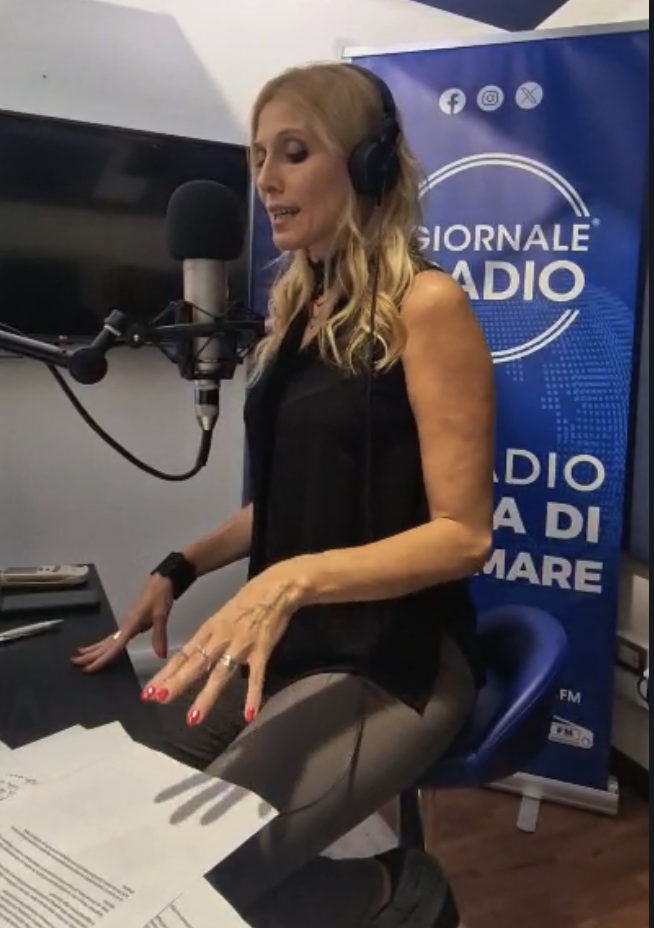
No to single thought
MHB: Let's talk about the Ukraine case. Not everyone agrees with unconditional support for Zelensky...
DB: That's correct. But when much of the information, at the beginning of the conflict between Russia and Ukraine, seemed to report the war through a single thought, we chose to narrate the conflict through the plurality of sources, testimonies, opinions, with a fixed correspondent from Moscow.
What we have done depends essentially on the quality of our presenters, names such as Luca Telese, Giuliano Guida Bardi, Vicky Mangone, Manuela Donghi, Pasquale Tridico, Lapo de Carlo, Paolo Sergio, Francesco Borgonovo, Francesco Massardo, Sergio Luciano, Roberto Frangipane, Marco Trombetta. To whom, and I announce it to you first today, Luigi Crespi will also be added from October.
Journalism of the last century...
MHB: In a recent interview, Hannah Gelbart from BBC had explained the long and complex process implemented by the British public service to validate and filter the information coming directly from social channels. Do you also use these channels or do you rely on classic services like ANSA?
DB: Let's take a step back. Modern newsrooms are much more structured than in the past and journalists tend to move away from the street and people. For much of the twentieth century, the communication and transmission possibilities for a reporter are precarious: they go from correspondence by letter to telegraph, to conversation and dictation of pieces by telephone. So the times get longer, but the content of the articles is not always written "at the desk", but is conceived and devised on the spot where the events take place. So in the twentieth century the journalist, who is an intermediate body between institutions and readers, accesses first-hand sources, the main interlocutors and relations with the authorities become more direct and transparent.
...and that of today
Today the situation has certainly been reversed. Journalists have to deal with influencers, spin doctors, communicators of all kinds and the manipulation of news makes it increasingly difficult to distinguish true from false. However, compared to the twentieth century, journalists now have increasingly sophisticated technological tools at their disposal: smartphones incorporate very powerful, high quality audio and video recording units, capable of transmitting written, read and filmed reports in real time. Broadband data transmission reaches the reader while the facts are happening: the use of social media, Facebook and Twitter foremost, gives the primary user the feeling of having the information at hand, within reach of their phone, anywhere in the world with a connection.
Thus, investigative tools, which in the twentieth century are essentially paper-based, thanks to connective technological innovations, become infinitely more powerful and refined. In the third millennium the need for quality journalism and in-depth analysis grows, which can counter the daily bombardment of data, news, points of view, comments, interpretations, press releases, simplifications, slogans, tables, biases, distortions and sweetened versions.
Citing sources, always
MHB: The problem remains of separating the true from the background noise, so to speak...
DB: Today to achieve authority and reliability the journalist must demonstrate having been honest, having heard and recorded all possible points of view, not relying on their own prejudice, on a theorem. It must provide sources and must cite where they come from. This is the point. Here there is no need to certify the news, but to do well the job we are paid for. Citing sources, as well as being a proper deontological attitude, is also functional to the stipulation of a real contract based on the truthfulness of the information. In essence, a service does not work just because of the sloppy style, incorrect quotes or poor construction, but also because adequate research has not been done. There are primary or first level sources, those that guarantee credibility to information, because they have institutional authority, because they are recognized as having specific expertise. There are secondary or second level sources, whose reliability is entrusted to the same journalistic quotation, in the sense that it is the journalist, giving them a voice, who legitimizes them in the eyes of his audience. The source must be official, even if it is a simple citizen, a mayor, a municipal administrator, an assessor, a witness. There must be a name, a surname, an address.
MHB: So the possibility for those listening to do a cross check, their own personal verification, if they believe.
DB: Exactly: There must be no initials of the witness's name, voices extracted from intercoms, from phone calls with smartphones in which the speaker says nothing. You have to work for documents. The news must be checked through the comparison of multiple available sources. First and foremost institutional ones, direct ones, the testimonies. The verification of news also involves the critical use of other secondary sources: agencies, public and private radio, TV, the internet.
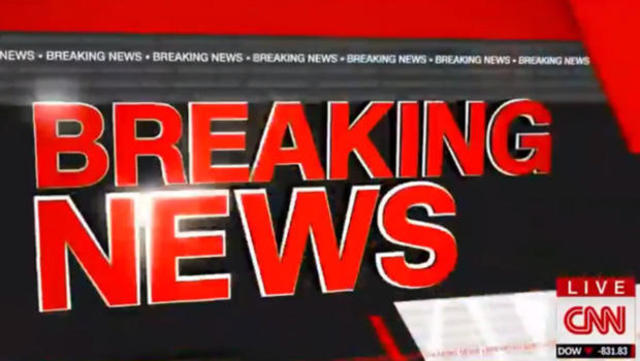
Breaking News
The "big" news should be broadcast on radio and TV in the form of breaking news, and then distilled in depth so as to make the news interesting and lasting. The use of breaking news must be calibrated....
MHB: ...it reminds me of a competing group that calls all of its newscasts "breaking news"...
DB: ...I was saying, the use of breaking news must be calibrated on the true importance of the news and it must be short, postponing further updates and insights. In the case of a very important news story we must have the promptness, strength, commitment, availability and organization to overturn the schedule with continuous live coverage and a change of voices and conduction.
The form must always be narrated. First the news as complete as possible, then the live interview, not the other way around. The listener must be assured that at any time of the day they will be informed by someone who has prepared with the utmost care. On radio, TV, in print and on the web, the poor preparation of those who write or speak multiplies.
To obtain the maximum amount of information, the presenter will be equipped with tools for immediate visual consultation (agencies, national and international portals). The schedules with the guest selections will have to adapt to the hierarchy of the news and the layout technique.
If the main news story is the war it opens with that, not something else, and a scan will be given to the succession of topics. The style must be popular and correct in form, preferably terms in Italian, if in English explained quickly. Political ones should focus on the unfolding of events, understanding issues, more than the sum of statements or backstories. A good radio and TV piece will contain voices, direct testimonies, something that gives rhythm and substance to the story. The monologue does not work, unless it is an editorial, because it is separate from the news. We almost always do it, I cannot confirm for others.
Breaking news... or rather, Flash News
MHB: Are you equipped for unforeseen events outside of normal hours?
DB: We have already reported major events in History by disrupting the usual schedule, inserting specials, live coverage. Our format is talk-news, not talk-radio or all news. This means that Giornale Radio always transmits a flow of news, comments, opinions, multiple voices. A format that does not need boxed-in schedules, a rigid schedule. When Silvio Berlusconi died, the presenters themselves, with great sense of responsibility and maturity, kept the live broadcast going by redesigning the schedule, shaping the flow with current events, with the facts. A schedule made up of closed boxes and small gardens drives the audience away, it is an old and outdated model, globally as well as in Italy.
Behind the scenes
MHB: Beyond the presenters we hear on air there is a newsroom that works behind the scenes. Can you explain how it is organized and if you currently offer opportunities for young journalists or even just interns?
MHB: Beyond the presenters we hear on air there is a newsroom that works behind the scenes. Can you explain how it is organized and if you currently offer opportunities for young journalists or even just interns?
DB: It is a newsroom made up of presenters, assistants, collaborators, which focuses on young people and also hosts interns. The strength of Giornale Radio lies precisely in this teamwork that the publisher Domenico Zambarelli, myself as editorial director, and Manuela Donghi in the role of deputy director with responsibility for the economic sector, we are putting in place in a short time.
 GR News
GR News
MHB: The GR News channel has taken the place that Giornale Radio had at the beginning. But it seems very underpromoted, isn't it a missed opportunity?
DB: Our newscasts are produced by Area agency with which we have built a fruitful relationship for both. Those newscasts are the result of a long operational discussion involving the Area editorial staff and ours. What you hear every day, especially in the long newscasts, is added value. The jingle, the short titles, the choice of voices, the signatures announced at the beginning by the presenter, the signatures at the end of each report. It is a decisive change of pace, not a missed opportunity. Giornale Radio focuses on programs and Area on newscasts. Together they make up a single certified, verified, quality information product. Good information.
Looking beyond Italy
MHB: To conclude, can we ask you a tough question?
DB: Go ahead.
MHB: In the past season you offered a complete overview of the day's events for those who decided to listen - perhaps during dinner - after getting home. In the season just started at the same times we can hear endless interviews with Italians abroad (sometimes of very debatable importance) and... Borgonovo.
The impression is of a shift from a news radio to a talk radio...
DB: As I told you, we are not a talk radio, not even an all news radio, but a unique format: a talk news radio, where each presenter carries on their piece of the story.What you call "endless interviews with Italians abroad" are actually public service information, which public service often forgets. The stories make the difference. Listeners identify with those stories, because the father and mother have a child who has gone far away looking for a job and dignity, perhaps excellence.
The presence of Francesco Borgonovo shows that Giornale Radio, while having a very clear editorial line, remains a unique, independent and pluralistic information medium. (M.H.B. for FM-World)
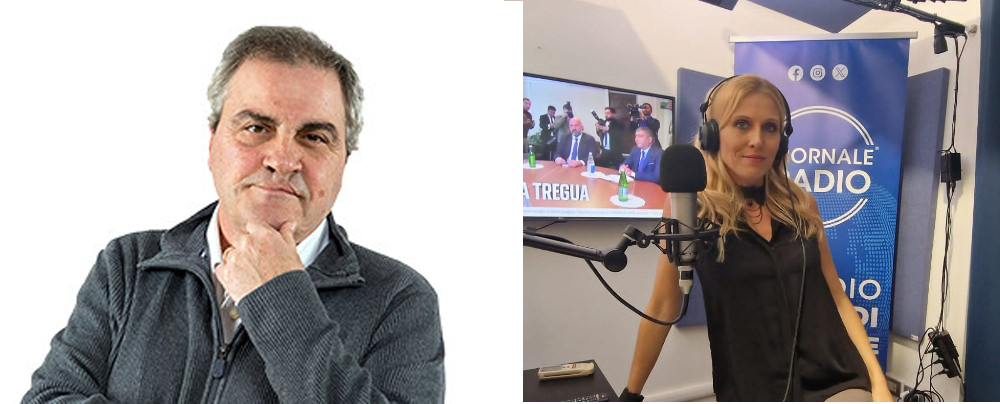

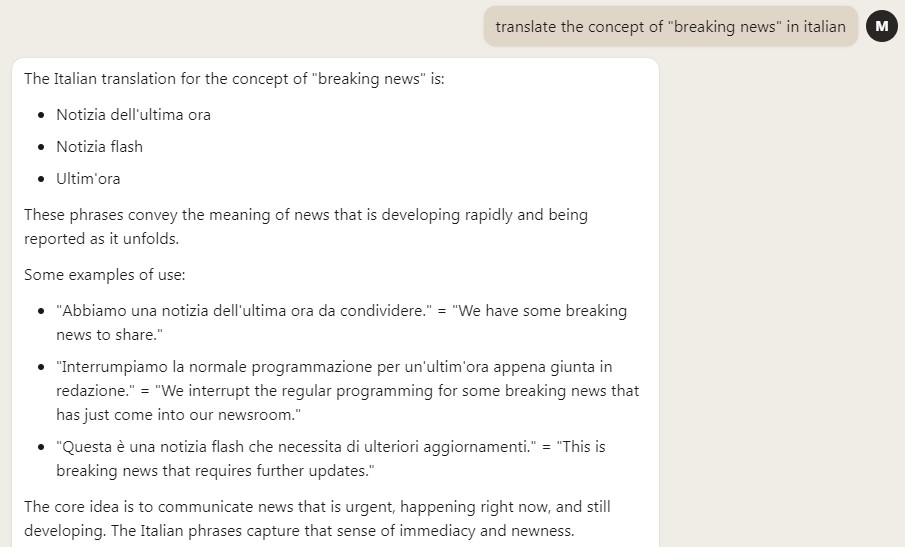



 GR News
GR News
